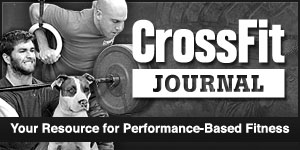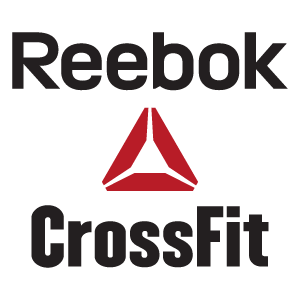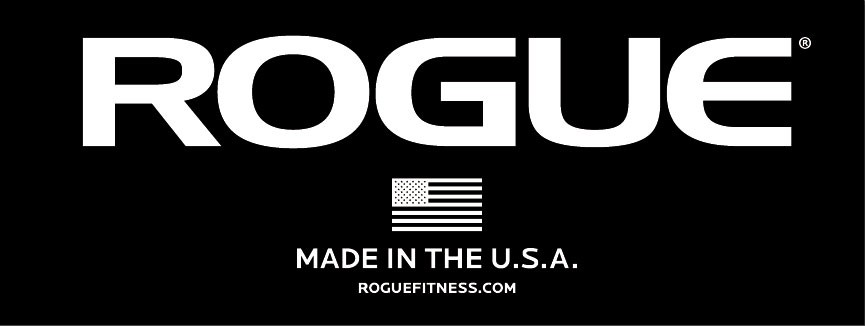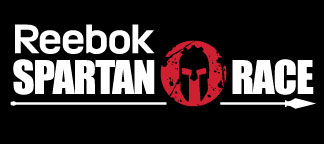Fitness and strategy — those are the two factors that usually determine the outcome of a workout. While 99% of our focus is usually applied to improving our fitness, the ability to quickly devise an appropriate strategy for a WOD should be given attention as well. Like training our strength or endurance, with practice the ability to pace and strategize can be greatly improved, and consequently have a huge impact on our overall performance and experience.
Strategizing isn’t unique to CrossFit. Ask any elite runner and they’ll tell you their intended 400-meter split times for their next mile race. Even more surprising (or not) is that if they veer off that split time by just a few seconds, their race can fall apart.
There are many benefits to properly pacing a workout. For starters, pacing allows you to stay in the workout longer to reap more endurance benefits. If you’ve been doing CrossFit long enough, you’ve probably had your fair share of WODs where you underestimated the workout and burned out half way through it because you went out too hard. It’s very likely you passed your anaerobic threshold too soon.
Aerobic Versus Anaerobic Training
At the foundation of aerobic and anaerobic training is this science: your body needs to break down sugar and convert it to glycogen so it can be used as energy or fuel during exercise. When your body gets the appropriate amount of oxygen for this process, you’re exercising in an aerobic state. When you begin to exercise harder, beyond your aerobic threshold, and there is not enough oxygen, you ultimately begin to exercise in anaerobic state. In an anaerobic state, your body produces lactate and hydrogen ions as a byproduct faster than your body can remove them. The byproducts produced in this state eventually cause the burn in your muscle and your body to fatigue.
Crossing this aerobic threshold too early in a workout can cause your pace to significantly slow down. Simply put, your body cannot maintain an efficient pace and maximize performance in a workout if its muscles are feeling ‘the burn’ and your body is under extreme fatigue six minutes into a 20 minute workout.
PACING TIPS
Proper pacing allows you to maximize your performance in a workout—that’s clear. Of course, CrossFit workouts are very different from just running or biking. CrossFit workouts by their very nature are constantly varied. As such, it’s important to know yourself to make the most of each workout. Here are some tips to get you to master the art of pacing.
1. Practice Different Paces
It should be obvious that a 10-minute workout requires a different pace than a 30-minute workout. But how do you pace them? A good place to begin gauging your intended pace is by asking yourself, “If this were a 10-minute run, how hard would I go? How do I want my heart-rate and breathing to feel? If this were a 30-minute run, how would that be different? What about a 3-minute run?” Because running is a steady-state activity, unlike a typical CrossFit workout that allows an athlete to stop and rest during transitions and scheduled breaks, it’s easier to visualize a pace.
2. Practice the Feel
Monostructual workouts like running, rowing and biking are great for learning how certain paces feel. Once you’ve mastered the art of pacing you’ll know how hard you can go before your breathing rises exponentially or your legs begin to feel ‘the burn’. You’ll also be able to pace a workout so you can maintain an aerobic state for an extended period of time. Practicing the feel of different paces during monostructural workouts by paying attention to your breathing, heart rate and your body’s overall feel is a great way to develop the ability to pace during a WOD.
3. Go Slower Than You Think
Let’s be real, most people, especially beginners, tend to go out too hard at the beginning of a workout and burn out mid-WOD. A simple tip when learning how to pace is to just go out slower than you think. The concept of negative splits means that your later rounds are faster than your earlier ones. This strategy is used in almost all racing sports including running, swimming and biking.
PACING WORKOUTS
Workout #1
8 rounds
5 deadlifts (225/155)
10 kettlebell swings
5 box jumps
Rest 1.5 minutes between rounds.
If any round is 10 seconds or more slower than either of your first two, your workout is over.
Workout #2
2 rounds
30 power cleans (135/95)
50 wall balls
Rest no more than five seconds on any break including transition. If any rest period is greater than five seconds, the workout is over.
Workout #3
6 rounds
500m row
Rest the amount of time it took you to row. The goal is to be consistent throughout these intervals. Your times shouldn’t vary by more than five seconds.
Workout #4
20 clean & jerks (135/95)
-Rest 2 minutes-
30 push ups
30 ring dips
-Rest 2 minutes-
200 dubs
-Rest 2 minutes-
40/30c bike for time
If you break & rest more than five seconds during your time to work, your workout is over.
Photo credit: Bruce Williams @baw3_photo









